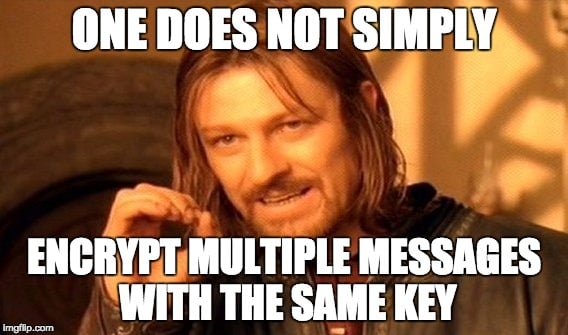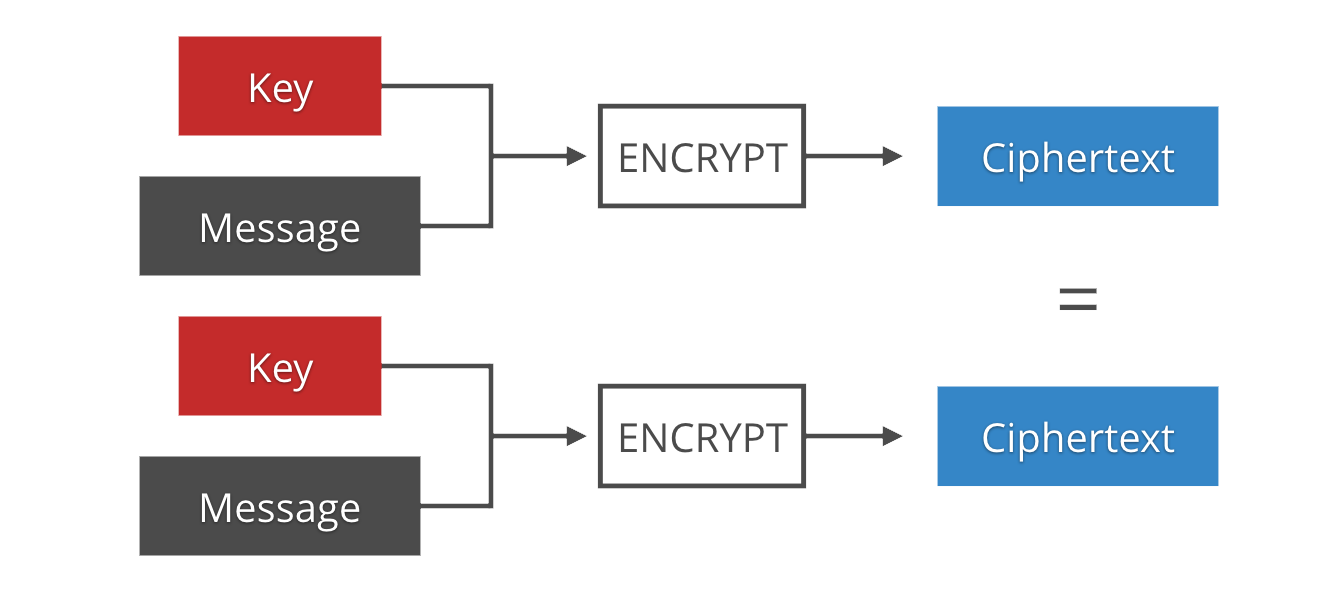IDG Contributor Network: 8 tech ‘megatrends’ that are about to change business
An assemblage of technological breakthroughs are rapidly morphing to create massive changes in how businesses operate.Artificial intelligence (AI), blockchain and Internet of Things (IoT) are just three of eight crucial “megatrends” that strategy consulting firm PricewaterhouseCoopers (PwC) says is going to significantly distort business.Those new forces should clearly be planned for. And although the consulting firm's advice is aimed at generalized CEOs, it's IT and technical teams that will have to lay the groundwork.Robots, augmented reality (AR), 3D printing, drones and virtual reality (VR) are also among PwC’s pick of “essential eight technologies” that the firm says in its report (PDF) (released during the summer) need to be considered by company chiefs to move their operations forward.To read this article in full or to leave a comment, please click here
 Colt moves from proprietary routers to x86.
Colt moves from proprietary routers to x86. Both indoor and outdoor tests resulted in speeds of 5 Gb/s and latency under 2 milliseconds.
Both indoor and outdoor tests resulted in speeds of 5 Gb/s and latency under 2 milliseconds. Security vulnerabilities can't hold back developers working on open source code.
Security vulnerabilities can't hold back developers working on open source code.

 The company is targeting enterprise customers with the service.
The company is targeting enterprise customers with the service.